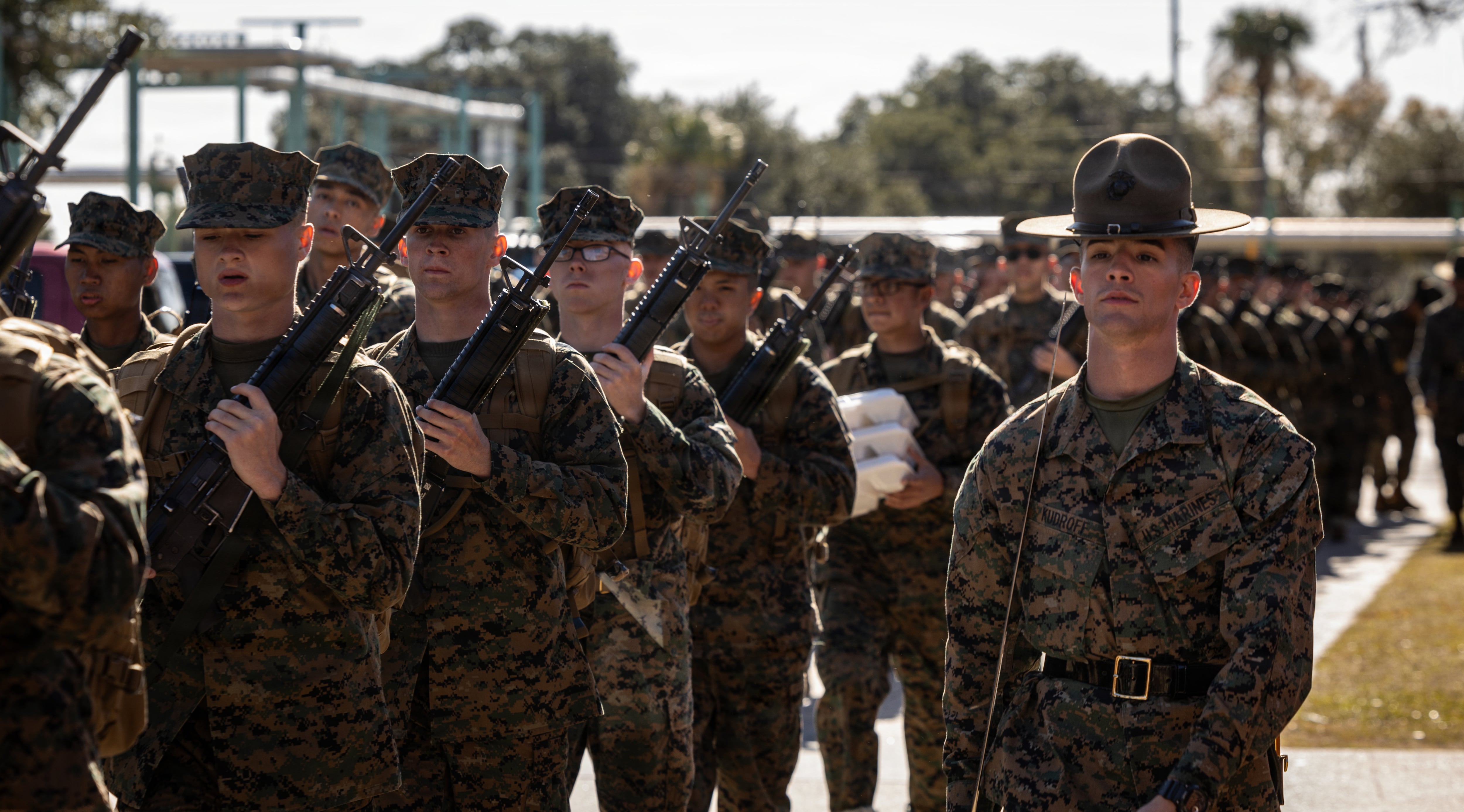The Marine Corps' top leaders have talked a lot during the past several years about the need for the Corps to return to its maritime roots. Some Marine leaders like to think that the missions in Iraq and Afghanistan were anomalies, and that the Corps will soon return to its historic role of sea-based expeditionary force.
But the reality is, the U.S. military continues to rely on the Marines as a land force for confronting the nation's most challenging ground-level, infantry-oriented missions. For better or for worse, we've recently seen two stark reminders of how Marines continue to be deployed like a second Army.
One, the Corps announced that a task force will deploy to Afghanistan this spring, marking the first time in more than two years that the Corps will have a large unit there. About 300 Marines will deploy to the mountainous terrain of Afghanistan's Helmand Province to fight the Taliban, a mission that many military leaders once suggested would be primarily an Army mission after the official end of combat operations in 2014.
The second sign of the Marines' continued mission far from the sea came from an exclusive Military Times report about combat casualties on the front lines of the fight against the Islamic State: Marines have accounted for half of the U.S. service members wounded in Iraq and Syria since the start of Operation Inherent Resolve in 2014. Among the 30 troops wounded in action while battling ISIS, 15 are Marines; the remaining 15 incidents involve 11 Army personnel, three from the Navy and one from the Air Force.
It's hard to know why, whether that's because ground-level commanders are sending Marines into the more dangerous "advise-and-assist" missions. Or whether Marines have a cultural instinct to push in closer to the fight and make their missions inherently riskier. It's probably a combination of both. In any event, the WIA stats reveal the prominent role Marines are playing in CENTCOM's primary operation.
Marines welcome the opportunity to deploy for important missions. Yet the Marine Corps and the military and civilian leaders that oversee it should be realistic about what the nation is asking. It's been more 60 years since young Marines last stormed the beaches in a hostile amphibious invasion at Inchon during the Korean War. Times have changed. The Corps size, budget and training efforts should reflect that.
Fortunately for today's Corps, the next Secretary of Defense, Jim Mattis, is a retired Marine and former CENTCOM commander. He knows these issues well





